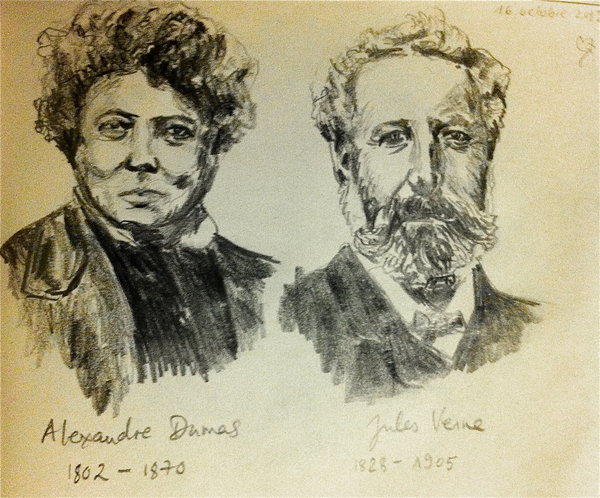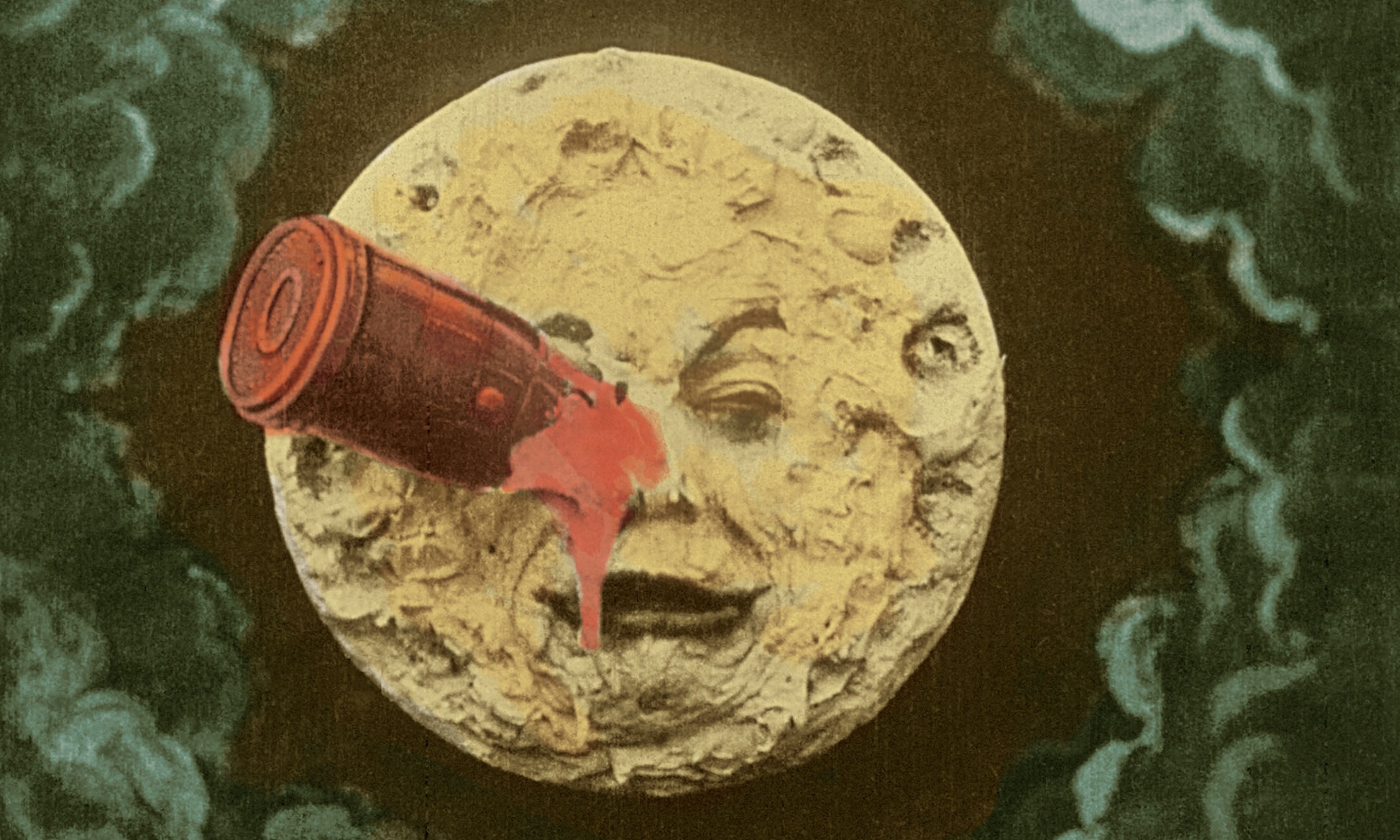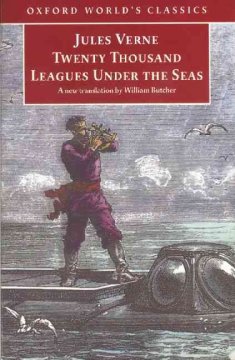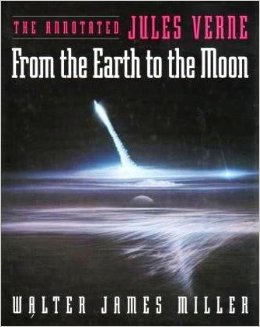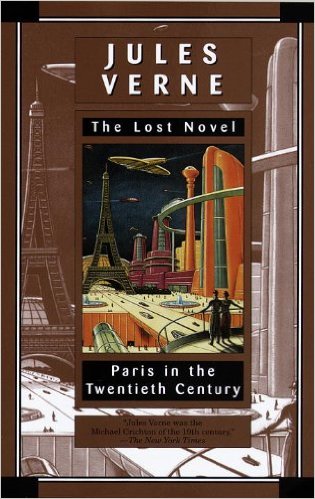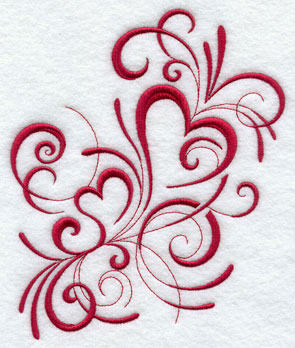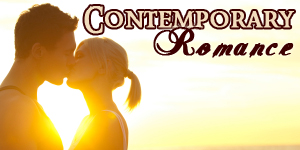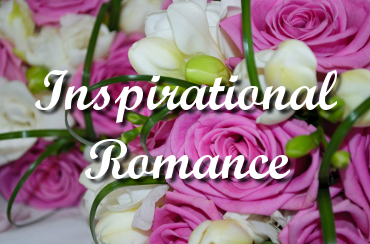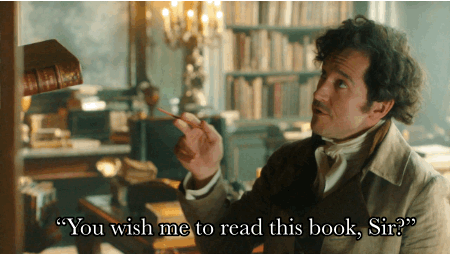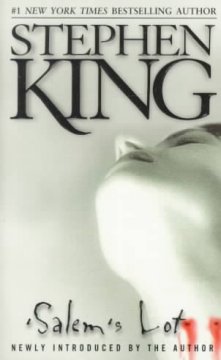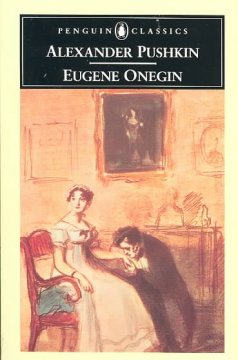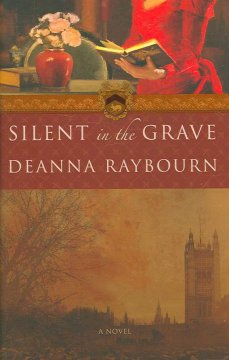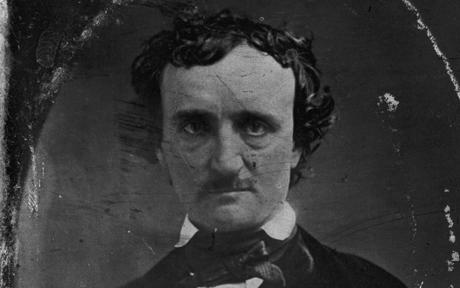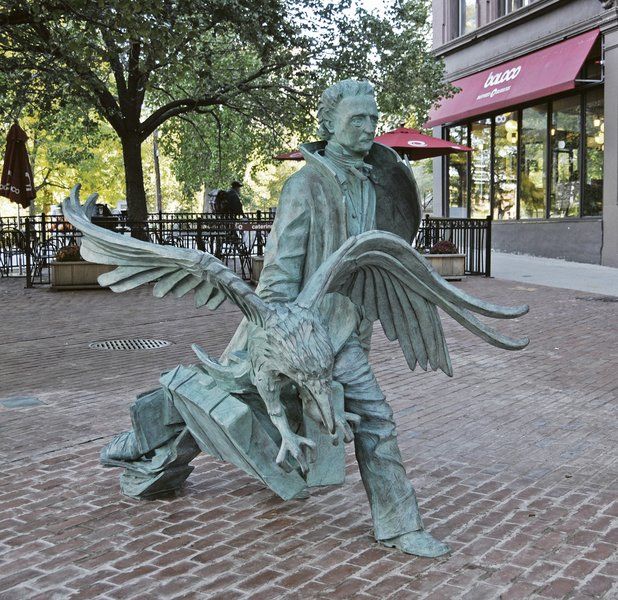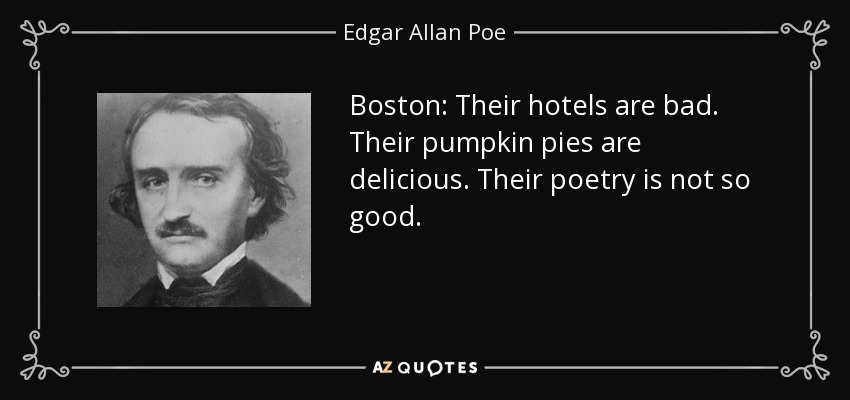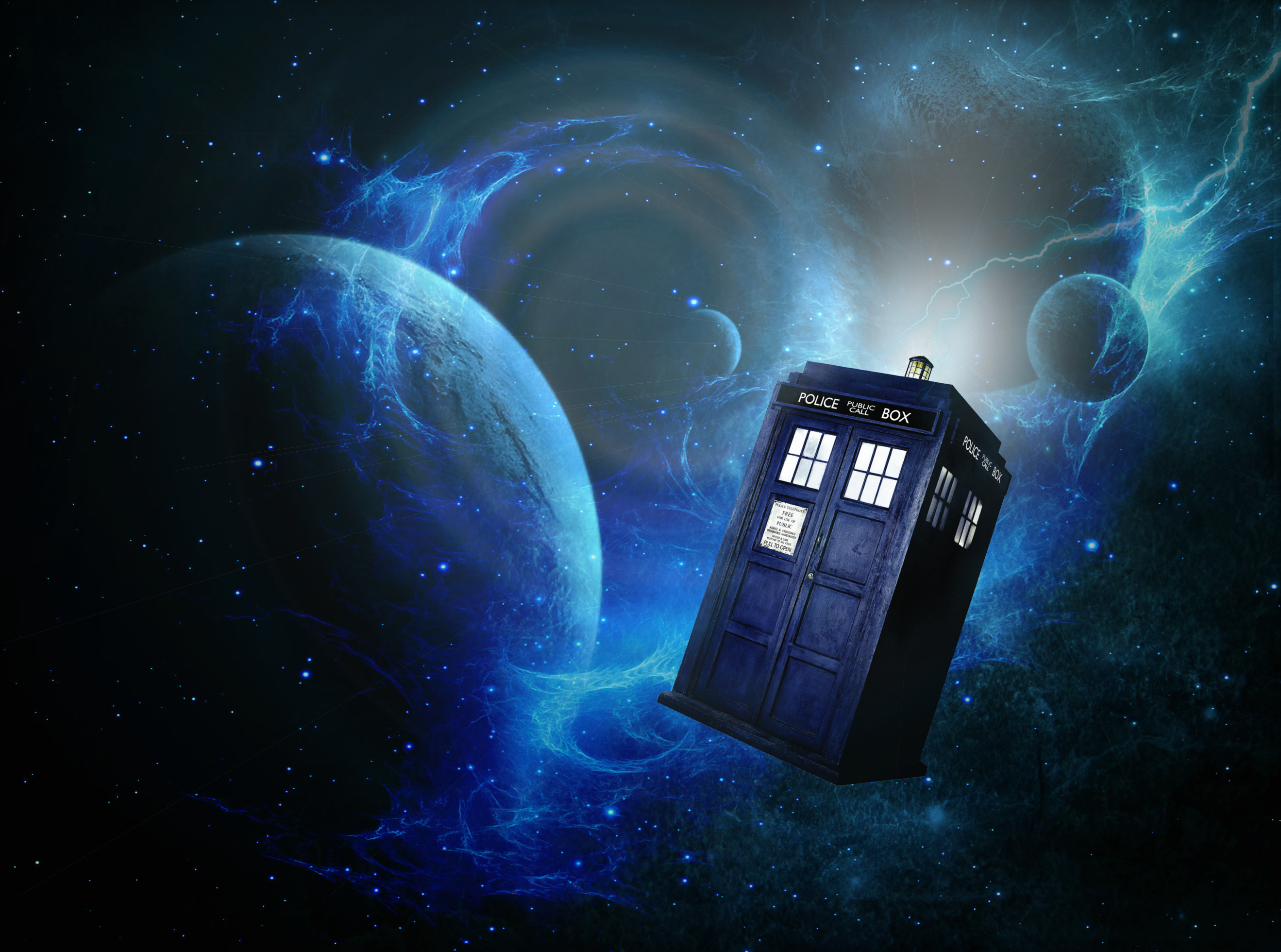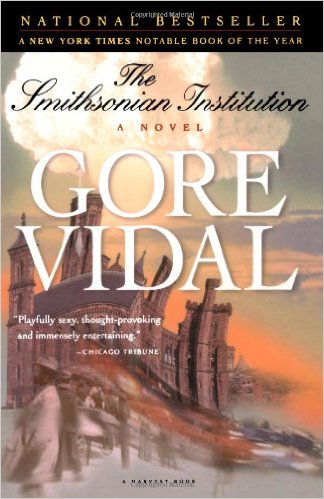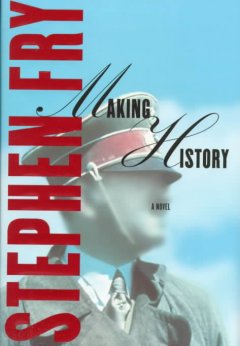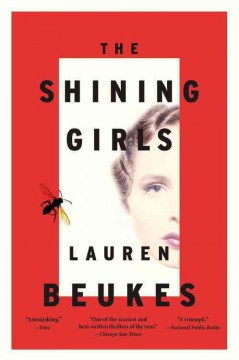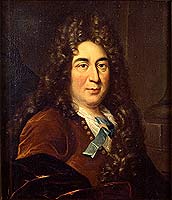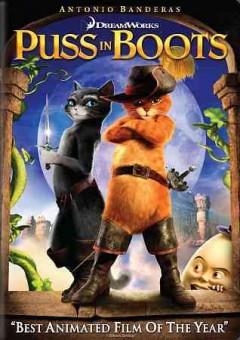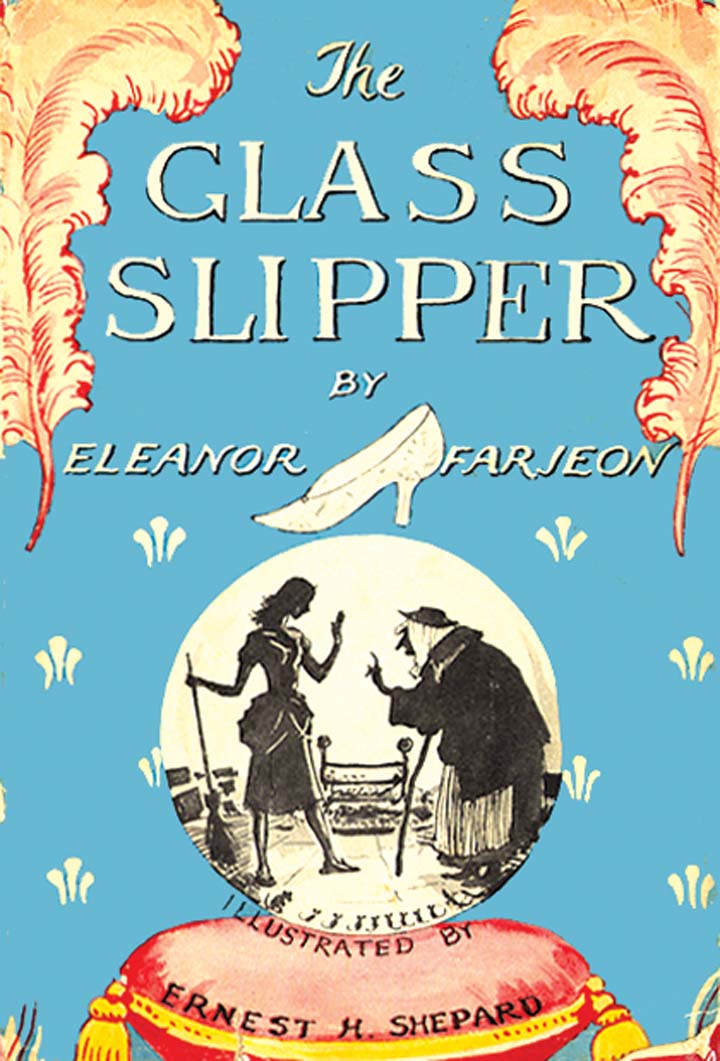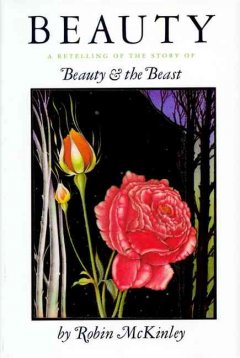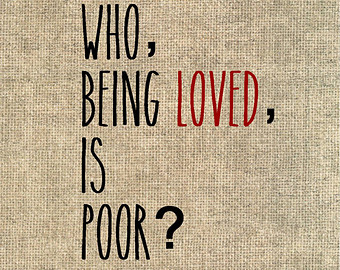
This week, one of our favorite blogs, Book Riot, came out with this Valentine’s Day themes post about “Romantic Heroes I Wouldn’t Date“, which very wisely points out the fact that a number of the men in literature that have been traditionally regarded as romantic leads….but through a twenty-first century gaze really so seem to be rather odious/abusive/creepy/smarmy. Though I do take exception to some of the piece (Rhett Butler will never trump Rochester. Never.), it’s an interesting piece.
Thankfully, classic literature is full of admirable, humane heroes who may have gone a bit overlooked and under-appreciated in comparison to their brooding, smarmy, snooty counterparts. So I thought that today would be an appropriate day to counter Book Riot’s list with one of my own. Here are some ideas of heroes who won’t lock you in an attic at the end of your first date…
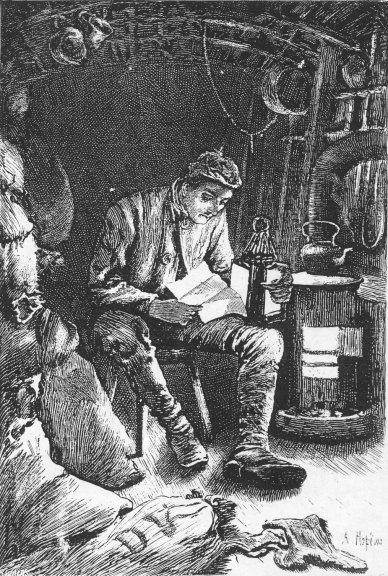 Diggory Venn: Members of the Library’s Classics Book Group have heard of my adoration for Thomas Hardy’s Return of the Native, but I don’t think anyone has quite appreciated how besotted I was as a teenager for the reddleman, Diggory Venn–which is also among the greatest literary names ever. If I ever need to go on the lam, I shall call myself Diggory Venn. When he first appears, Venn seems like a specter of the heath himself–mysterious, a little ragged, and oddly colored, thanks to his job, which involves traveling the country supplying farmers with a red mineral called “reddle”, the slang term for the dye used to mark sheep. But we soon learn that, for all his strangeness, he is a smart, insightful, and eminently capable young man who isn’t afraid to get his hands dirty–literally and metaphorically–and is really the reason that anything happens in this book at all, and there are times when it seems that Venn may just have some superhuman powers…but what really earned my eternal adoration was his love for his heroine, Thomasin Yeobright. Thomasin rejected Venn’s proposal two years ago, and while he never makes her feel guilty for her choice, or tries to change her mind. What he does however, is everything within his power to make her happy, without asking for thanks or attention, even when she marries someone else. True love is more than putting someone else’s happiness above your own. It’s letting the one you love make their own choices…and being there with a handkerchief (albeit one that has some red dye stains all over it) when they need you.
Diggory Venn: Members of the Library’s Classics Book Group have heard of my adoration for Thomas Hardy’s Return of the Native, but I don’t think anyone has quite appreciated how besotted I was as a teenager for the reddleman, Diggory Venn–which is also among the greatest literary names ever. If I ever need to go on the lam, I shall call myself Diggory Venn. When he first appears, Venn seems like a specter of the heath himself–mysterious, a little ragged, and oddly colored, thanks to his job, which involves traveling the country supplying farmers with a red mineral called “reddle”, the slang term for the dye used to mark sheep. But we soon learn that, for all his strangeness, he is a smart, insightful, and eminently capable young man who isn’t afraid to get his hands dirty–literally and metaphorically–and is really the reason that anything happens in this book at all, and there are times when it seems that Venn may just have some superhuman powers…but what really earned my eternal adoration was his love for his heroine, Thomasin Yeobright. Thomasin rejected Venn’s proposal two years ago, and while he never makes her feel guilty for her choice, or tries to change her mind. What he does however, is everything within his power to make her happy, without asking for thanks or attention, even when she marries someone else. True love is more than putting someone else’s happiness above your own. It’s letting the one you love make their own choices…and being there with a handkerchief (albeit one that has some red dye stains all over it) when they need you.
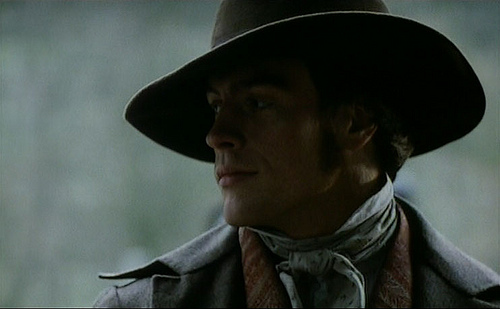 Gilbert Markham: Everyone swoons over Heathcliff and Rochester, but nobody ever gives Anne Brontë’s hero enough credit. Gilbert, the narrator of The Tenant of Wildfell Hall stars out as fairly unrecognizable from other young men around him. He’s got a temper, and he is rather overly-confident in his own good looks and talents; but when he meets independent artist Helen Lawrence Huntington, he realizes that there are things in this world bigger than himself, and people who need more than a crooked smile to make them whole. The Tenant of Wildfell Hall is a remarkable book for the simple reason that it features a tortured heroine, a woman with a past, and a man who has to prove himself worthy of her. And Helen doesn’t make it easy. But Gilbert has the good sense to realize that understanding Helen’s fear and reticence is worth the effort…and as he learns the hell that Helen has survived before moving to Wildfell Hall, he realizes that he is going to have to become far more than a pretty face in order to win her heart. Because real love makes you grow up, face the world, and realize it doesn’t revolve around you.
Gilbert Markham: Everyone swoons over Heathcliff and Rochester, but nobody ever gives Anne Brontë’s hero enough credit. Gilbert, the narrator of The Tenant of Wildfell Hall stars out as fairly unrecognizable from other young men around him. He’s got a temper, and he is rather overly-confident in his own good looks and talents; but when he meets independent artist Helen Lawrence Huntington, he realizes that there are things in this world bigger than himself, and people who need more than a crooked smile to make them whole. The Tenant of Wildfell Hall is a remarkable book for the simple reason that it features a tortured heroine, a woman with a past, and a man who has to prove himself worthy of her. And Helen doesn’t make it easy. But Gilbert has the good sense to realize that understanding Helen’s fear and reticence is worth the effort…and as he learns the hell that Helen has survived before moving to Wildfell Hall, he realizes that he is going to have to become far more than a pretty face in order to win her heart. Because real love makes you grow up, face the world, and realize it doesn’t revolve around you.
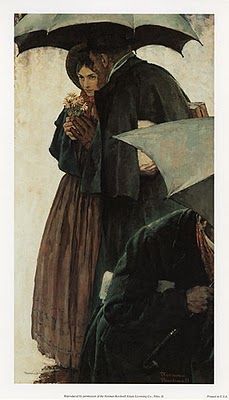 Professor Baher: When crafting a love interesting for the quirky, self-determined heroine of Little Women, Jo March, Louisa May Alcott intentionally created a man who was the very opposite of what mainstream fiction dictated a hero should be. But, in the end, Professor Frederic Bhaer turned out to be precisely what a hero should be. He meets Jo when she has moved away from her home, family, and friends in order to make her own way in the world, and, though he finds her fascinating, he lets her do her own thing–but encourages her to be the best version of her that she can be. The discussion (argument, really) that results from his criticism of her writing isn’t a pretty, or a comfortable one, but the result is that both Jo and the good Professor learn what it really means to respect each other, and to realize that they both have room to grown–as individuals, and together. Louisa May Alcott knew that love isn’t easy, and the answers aren’t always simple ones. But, in the end, love isn’t about the sunny days–it’s about sharing your umbrella with someone when it starts raining.
Professor Baher: When crafting a love interesting for the quirky, self-determined heroine of Little Women, Jo March, Louisa May Alcott intentionally created a man who was the very opposite of what mainstream fiction dictated a hero should be. But, in the end, Professor Frederic Bhaer turned out to be precisely what a hero should be. He meets Jo when she has moved away from her home, family, and friends in order to make her own way in the world, and, though he finds her fascinating, he lets her do her own thing–but encourages her to be the best version of her that she can be. The discussion (argument, really) that results from his criticism of her writing isn’t a pretty, or a comfortable one, but the result is that both Jo and the good Professor learn what it really means to respect each other, and to realize that they both have room to grown–as individuals, and together. Louisa May Alcott knew that love isn’t easy, and the answers aren’t always simple ones. But, in the end, love isn’t about the sunny days–it’s about sharing your umbrella with someone when it starts raining.
Note: This selection does not in any way detract from Theodore Lawrence, who was my first love.
So, Happy Valentine’s Day, dear readers. May it be full of love and literature!



